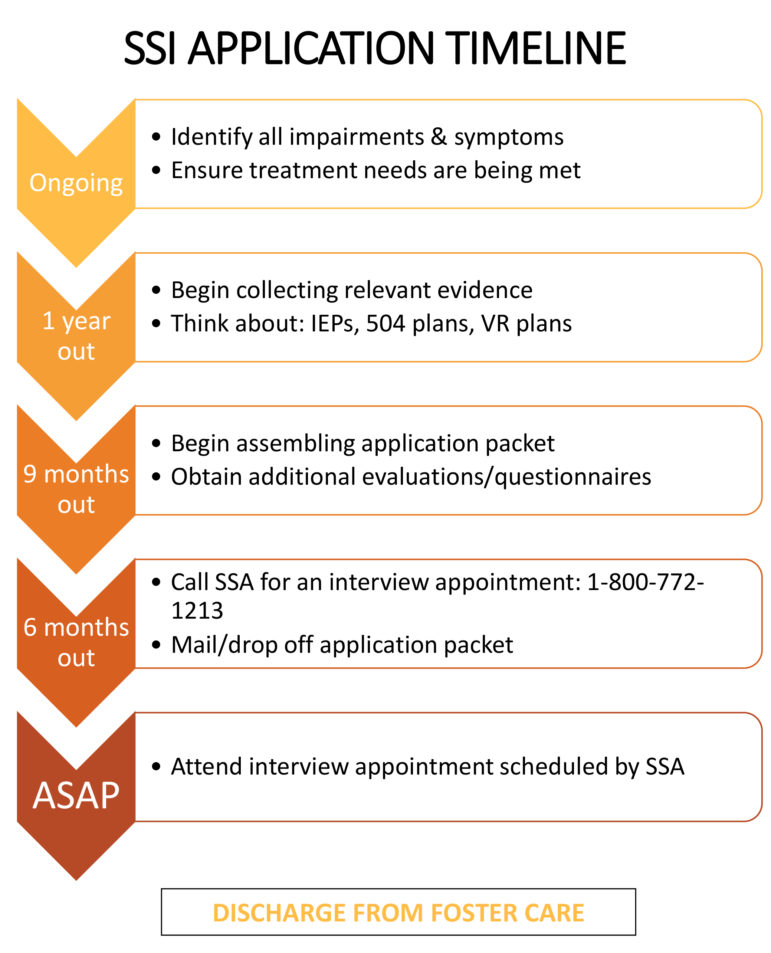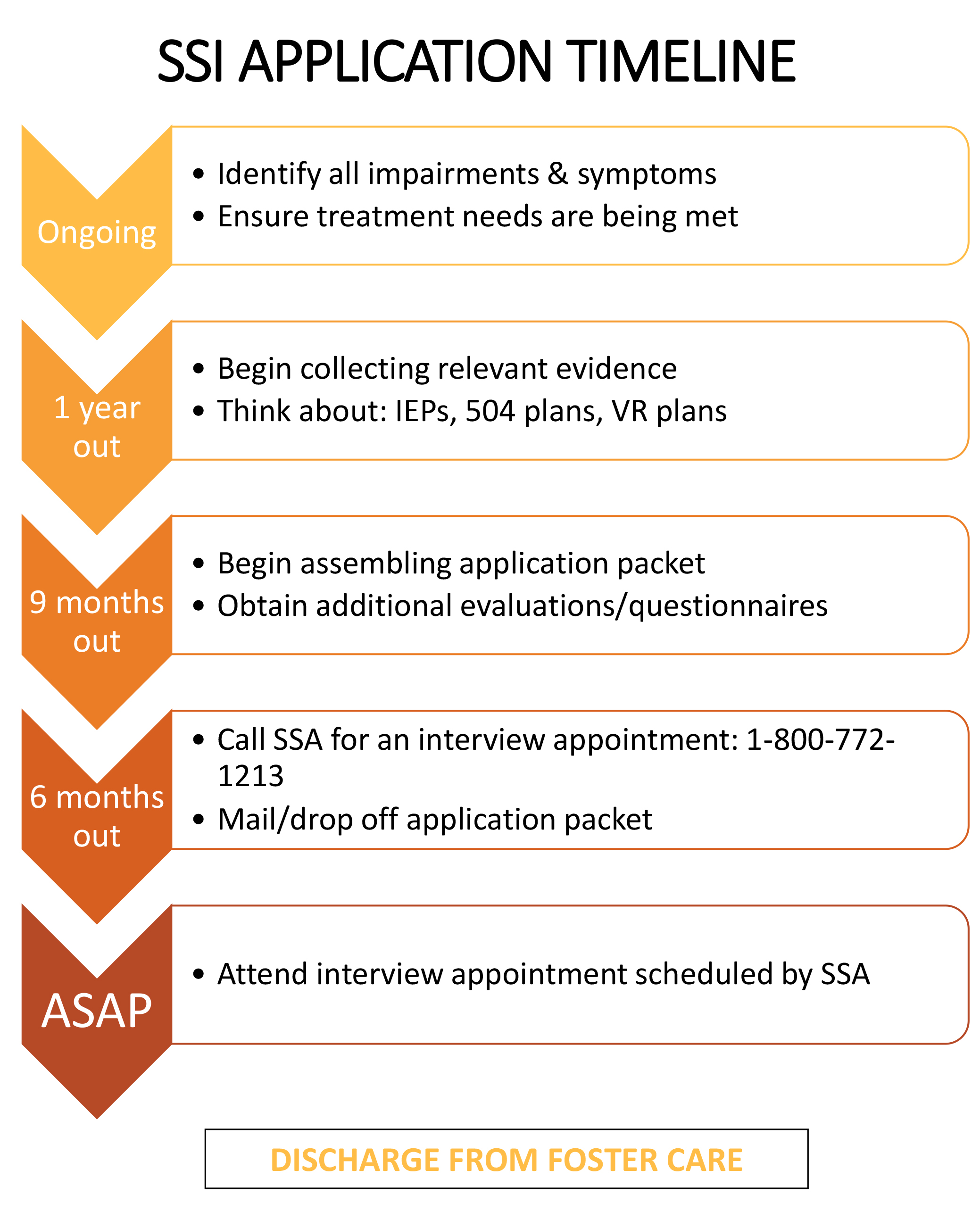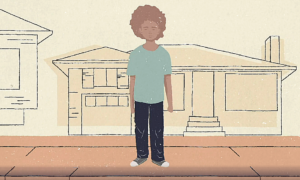WASHINGTON — Foster youth who have disabilities now can apply for a federal supplemental income program six months before they leave care, a move supporters say will ease their transition out of the system.
Foster youth can apply for Supplemental Security Income benefits 180 days before they age out of the system or return to their families, under a Social Security Administration policy change that took effect Aug. 1.
The six-month window means it’s less likely a foster youth will experience a gap in income as they wait to find out whether they qualify for the program. SSI provides a monthly cash payment to children and adults with limited incomes who are disabled, blind or age 65 or older.
For foster youth who are heading out on their own for the first time, the income is critical as they establish themselves in housing and employment, say advocates for the policy change. Without it, some young people cannot make the transition.
“It could cost you a home, it could cost you a job, it could mean you don’t have enough food to eat that month,” said Claire Grandison, staff attorney and Independence Foundation Fellow at Community Legal Services of Philadelphia.
The income also is beneficial for younger children, whose families may need the financial support during reunification. The benefits can reduce financial stress and make it easier for families to provide the care their children need, she added.
Research shows foster youth who age out of the system already face tough outcomes when it comes to securing housing, employment and health care — problems that can be compounded by a disability.
“We know that foster youth with disabilities face a tremendous uphill battle as they prepare for adulthood and independence,” said Karen Lindell, an attorney at the Juvenile Law Center, in a news release.

Before the change took effect, older youth transitioning out of care could apply for benefits 90 days before their planned exit, and younger children had to wait until they were out of the system. But eligibility determinations often take longer than 90 days, Grandison said.
In 2016, an individual without any other income was eligible to receive $733 per month.
To help youth service workers and others adjust to the new policy, Community Legal Services, the Juvenile Law Center and the Homeless Advocacy Project released a toolkit explaining the application process.
The groups recommend planning ahead at least one year before a young adult transitions out of care in order to gather all the necessary documentation from doctors and others.
They also stressed the need to be extremely detailed when filling out the application. Grandison urged applicants to be extremely honest about how their disability affects their lives, even though it can be scary to be so vulnerable. The disclosures are worthwhile, she said, because they help officials make an informed decision.
The Social Security Administration plans to test the policy for one year before making a final decision about it.
The groups that released the toolkit also will be collecting stories about what’s working and what’s not under the change to share with federal officials.































